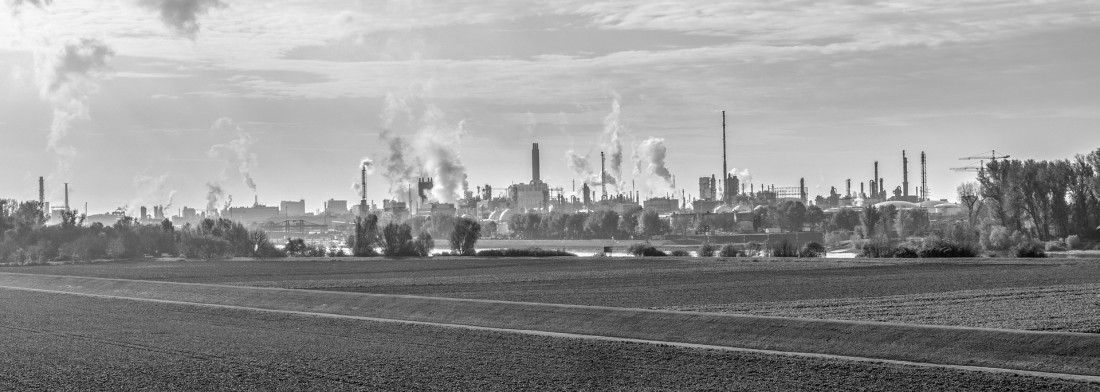Ever since the gloomy days of the 2008 global financial market crash and subsequent economic depression, the chemical industry has been on the up and up. Demand for a wide range of chemical products has been rising, chemical company profits have risen, and companies have built new facilities all over the world.
The outlook also looked rosy, for while the economic picture in Europe looked sluggish, consumers there were seen as still heavily reliant on chemical products. The Far East was still predicted to have double-digit growth, North America was enjoying a boom in chemical production from shale gas by-products, while South America and Africa were predicted to be entering a more modern era of the consumer society.
The future looked bright.
But now some chemical industry experts are predicting a gloomier future; a period of reduced growth (possibly even contraction), with both smaller profits and production. These are the predictions from a chemical industry team from the McKinsey consultancy, who state in their report that, “Looked at globally, we estimate that the last decade’s 3.6% growth rate for petrochemicals may go down by between 0.5 and 2.0 percentage points over the next 10 years, depending on assumptions for regional GDP growth.” Before adding that, “For an industry with an estimated capacity creep somewhere between 1 and 2% annually, this could be a dramatic shift.”
So why has the chemical industry, up until now, been such a strong sector? What has changed?
Chemical Industry Strengths
Simplifying the strengths of an entire industry is far from easy, especially one that is as diverse and global as the chemical industry is. But the report was still able to summarise that, “impetus behind the industry’s strong performance” since the financial crash of 2008 is from, “ … the chemical industry’s ability to significantly increase earnings on a base of total revenues and invested capital that has grown more slowly, at a rate tracking close to global GDP growth.”
The report claims that this ability is based on three key factors. Crucially, two of these factors are fading, giving the authors their pessimistic outlook.
1. China’s Economic Boom.
The industry has been spurred on by the exceptional growth in the Chinese economy. As the new ‘workshop of the world’ China was desperate for chemicals to feed its booming manufacturing industry, allowing for European and American producers to export.
The economic boom in China also led to a housing boom, as the population flooded to cities for work, further fueling expansion in the construction chemical sector.
However, as economic growth has begun to slow, the chemical industry will lose its biggest growth factor.
2. An Historically Fractured Industry.
For many years, the chemical industry has enjoyed a situation of concentrated markets which has enabled high productivity and product value. Other industries which have increased productivity, have had increased competition that has priced away production improvements.
The chemicals industry, on the other hand, has not competed itself to death. As the McKinsey report notes, “The chemical industry increased its productivity over time and has distinguished itself by holding onto the resulting profitability gains, unlike many other industries that also raised productivity but simply competed the gains away.”
However, over the past few years, an increasing number of mergers and acquisitions, coupled with a growth in SME’s in developing countries, have begun to remove this advantage. This is particularly evident in the Chinese chemical industry, which is beginning to become more independent of Western investment. This has led to increased competition in the region, reducing the need for imports, which is creating overcapacity elsewhere.
3. The Chemical Industry Enables the “World of Things.”
Without chemicals, very few things can be made. Almost everything in and of the room you are sitting in now, was made with the help of chemicals. Modern consumer society is built on chemicals, but while this does ensure a continuation of the industry, it does not ensure continuous growth.
While some may point to new advantages being found in North American shale gas, or the removal of Iranian sanctions, those benefits will be short-lived. As Nigel Davis, Insights Editor at ICIS, speculated on the report via the Elsevier website, that, “Some companies have been able to tap in to the gas-based feedstock advantage in the Middle East and, most recently, in North America but it is clear that those opportunities are limited in terms of volume and availability over time.”
So while the chemical industry has strong advantages, each of these factors has a weakness. While many see the chemical industry as robust, theoretically, it is not as strong as it may seem.
There will be skeptics, of course, who doubt the validity of the McKinsey authors’ pessimism, but they are encouraged to see the proof of the chemical industry’s retraction.
Read part 2 of this article by clicking here to learn of the Evidence of the Beginning of the End for Chemical Industry Growth.

